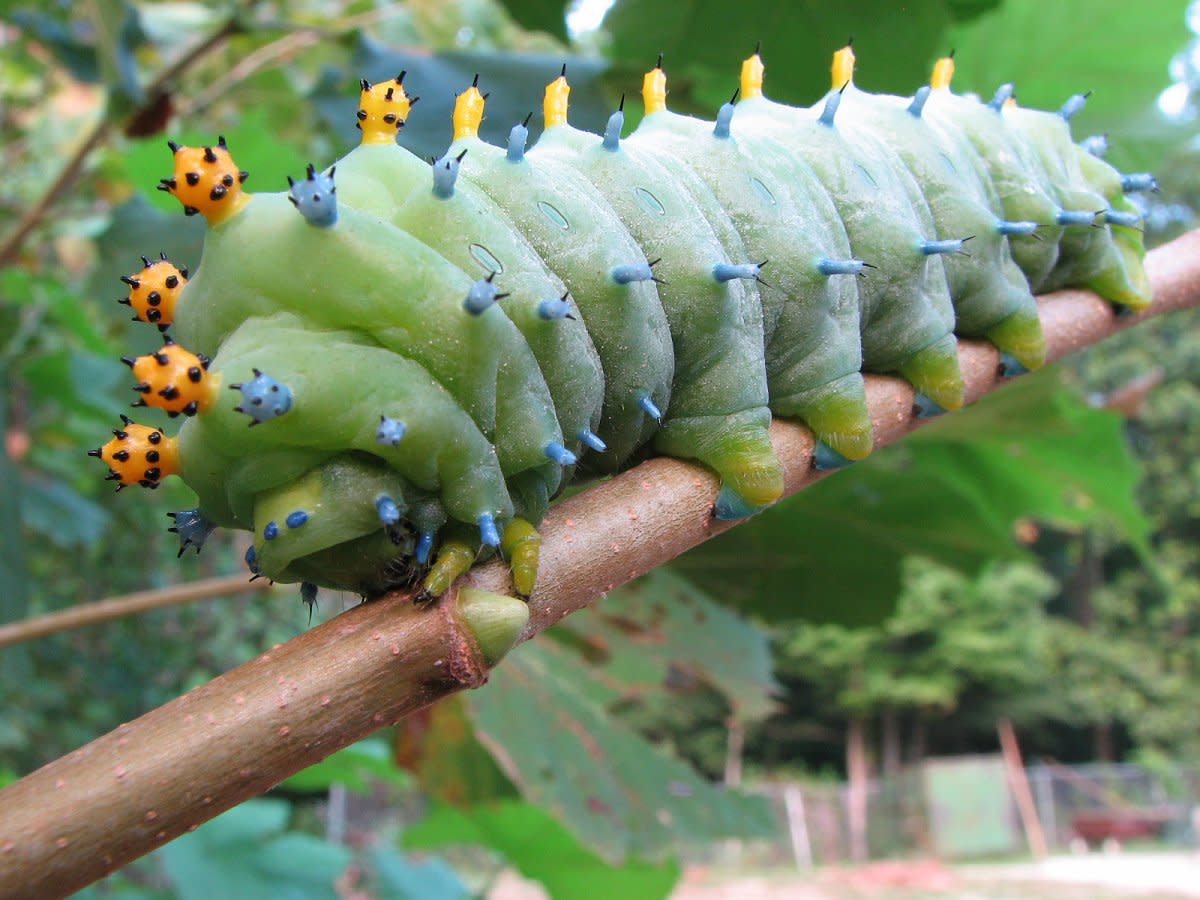
The venom of a caterpillar, native to South East Queensland shows promise for the use in medicines and pest control, according to researchers at the Institute for Molecular Bioscience. Doratifera vulnerable is found in Toohey Forest Park on Brisbane’s southside and is common throughout most of much of Queensland’s south-east.
Dr. Andrew Walker has been studying the eye-catching caterpillar since 2017. ‘We discovered one while collecting assassin bugs near Toowoomba, and its strange biology and pain-inducing venom fascinated me,’ Dr. Walker explained. This caterpillar, unlike The very Hungry Caterpillar, which has enchanted generations of children all over the world, is far from harmless. ‘Its binomial name means “bearer of gifts of wounds,’ according to Dr. Walker.
Dr. Walker’s research discovered that caterpillars produce venom toxins with a molecular structure similar to spiders, wasps, bees, and ants. The study also revealed a new source of bioactive peptides that could be used in medicine, biotechnology, or as scientific tools.
‘Many caterpillars produce painful venoms and have evolved biological defenses such as irritative hairs, toxins that make them poisonous to eat, spots that mimic snake eyes, or spines that inject liquid venoms,’ Dr. Walker explained.
Some peptides developed in the laboratory as part of Dr. Walker’s research demonstrated extremely high potency, with the potential to efficiently kill nematode parasites that are harmful to livestock as well as disease-causing pathogens.
Researchers from the CSIRO, York University in Canada, the University of Vienna in Austria, and the Department of Food and Agriculture in the United States contributed to the findings.

Post Your Comments